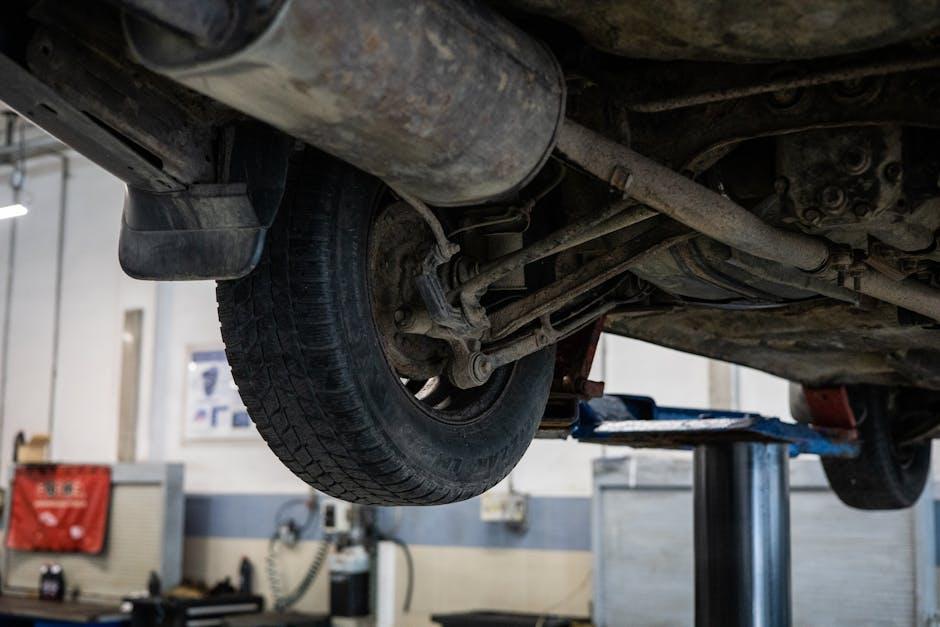There’s a moment every driver dreads: the unexpected thud of your car’s wheels meeting the unforgiving edge of a curb. That sudden jolt can be more than just a startling bump — it might have silently shifted the delicate balance of your vehicle’s alignment. But how can you tell if this minor mishap calls for immediate action? Should you rush to get your wheels aligned, or is it safe to carry on without a second thought? In this article, we’ll explore the subtle signs, potential risks, and practical advice to help you decide whether an alignment check is in order after that curb encounter.
Table of Contents
- Understanding the Impact of Hitting a Curb on Your Wheels
- Signs That Indicate Your Wheels Need Alignment
- How Wheel Misalignment Affects Vehicle Safety and Performance
- The Importance of Timely Wheel Alignment After a Curb Impact
- Step-by-Step Guide to Checking Your Wheel Alignment at Home
- When to Seek Professional Alignment Services for Optimal Results
- Q&A
- The Way Forward
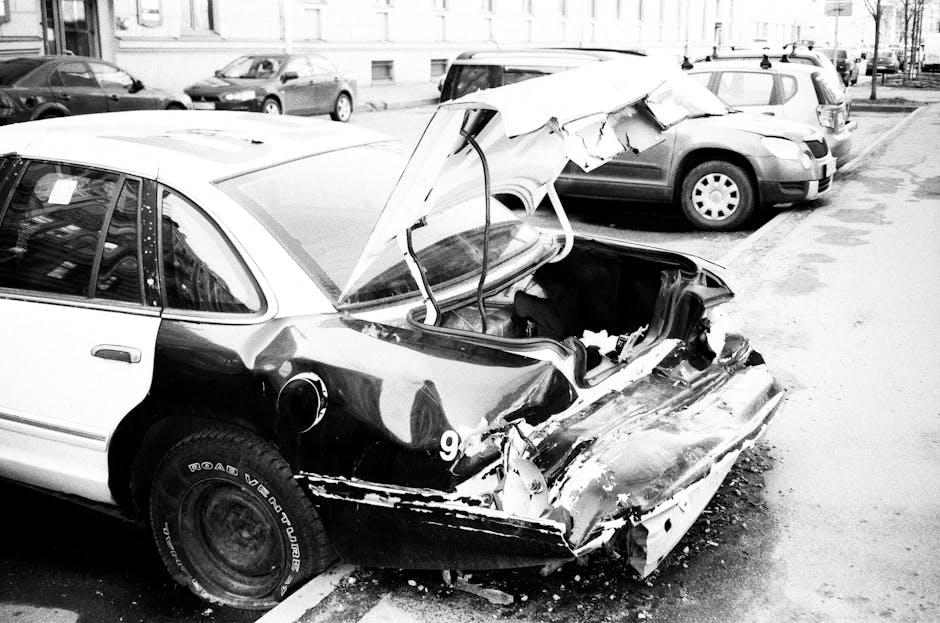
Understanding the Impact of Hitting a Curb on Your Wheels
When your wheels encounter the harsh edge of a curb, the impact can cause more than just visible scratches. Even a slight bump can misalign your tires, leading to uneven wear, decreased fuel efficiency, and compromised handling. The suspension components might also suffer subtle damage, affecting your vehicle’s overall stability on the road. Identifying these issues early is crucial, as ignoring them can result in expensive repairs down the line or, worse, safety hazards while driving.
It’s important to pay attention to warning signs such as:
- Car pulling to one side during driving
- Uneven tire wear after a curb incident
- Vibrations or shaking felt in the steering wheel
- Strange noises from the suspension area
These symptoms often indicate misalignment or damage that needs professional attention. Regular wheel alignment checks become essential after such impacts, ensuring your steering remains precise and your tires last longer.

Signs That Indicate Your Wheels Need Alignment
- Steering wheel misalignment: Off-center or crooked steering wheel when driving straight.
- Uneven tire wear: Tires showing more wear on one edge or spotty patches.
- Vehicle pulls to one side: Constant drifting requiring correction to stay straight.
- Unusual vibrations: Noticeable shaking in the steering or floorboard during motion.
Staying vigilant about these clues ensures your vehicle remains safe and handles smoothly—especially after those unexpected curb encounters.
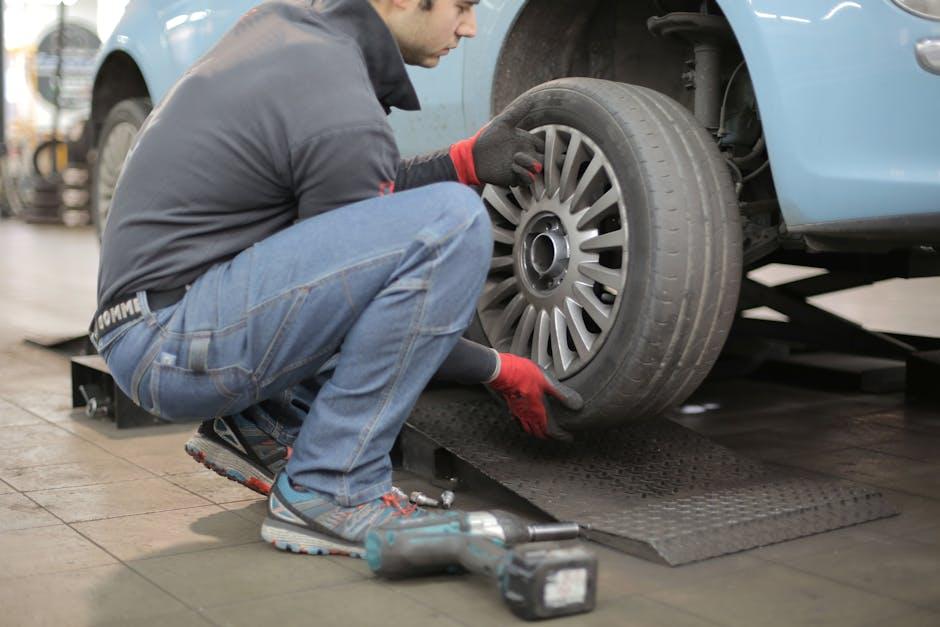
How Wheel Misalignment Affects Vehicle Safety and Performance
When wheels are misaligned, the impact goes beyond just uneven tire wear. It directly influences how your vehicle handles the road, potentially compromising safety. A misaligned wheel can cause your car to pull to one side, making steering effort inconsistent and increasing driver fatigue on long journeys. This subtle drift may initially seem harmless but can quickly escalate into a loss of control during emergency maneuvers, especially on slick or uneven surfaces.
Performance-wise, misalignment can negatively impact:
- Fuel efficiency: Misaligned tires increase rolling resistance, causing your engine to work harder and burn more fuel.
- Tire lifespan: Uneven wear patterns shorten tire life, forcing premature replacements.
- Braking effectiveness: Correct alignment ensures even contact with the road, which is critical for optimal braking and traction.
| Issue | Effect |
|---|---|
| Pulling to one side | Driver must constantly correct steering |
| Uneven tire wear | Reduced tire lifespan |
| Poor fuel economy | Higher fuel costs |
| Degraded handling | Reduced road safety |
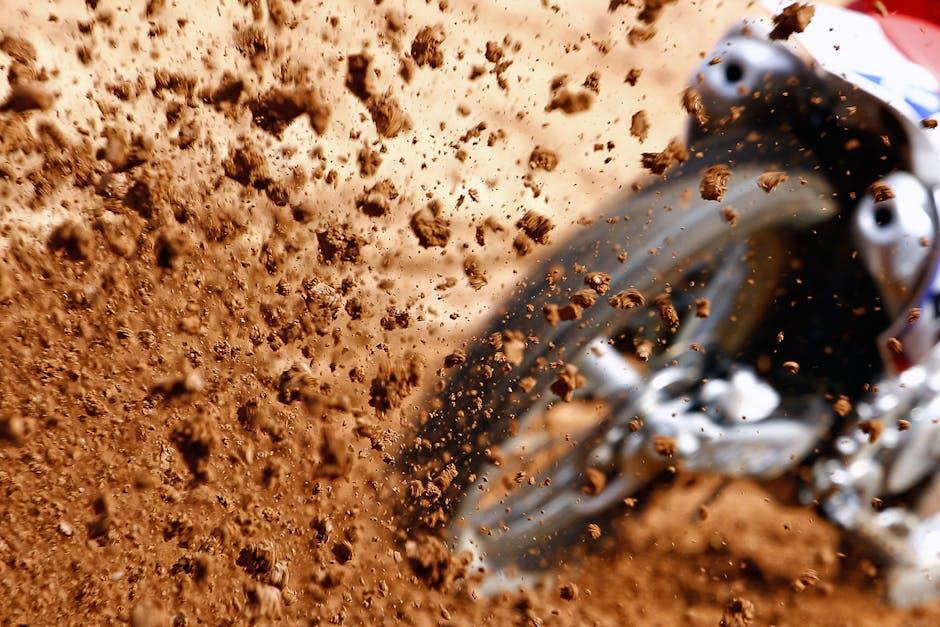
The Importance of Timely Wheel Alignment After a Curb Impact
When your vehicle suddenly meets a curb, the impact may seem minor, but the consequences for your wheel alignment can be significant. Misaligned wheels not only affect the smoothness of your drive but can also lead to uneven tire wear, reduced fuel efficiency, and compromised handling. Addressing alignment issues promptly ensures your car maintains its intended performance and keeps you safe on the road. Ignoring this can escalate problems, resulting in costly repairs and a less comfortable driving experience.
Scheduling a professional alignment check soon after hitting a curb can save you from further complications. Look out for signs such as your vehicle pulling to one side, steering wheel vibrations, or uneven tire tread patterns. Regular alignment checks after such incidents help preserve key components, including:
- Suspension integrity
- Steering precision
- Tire longevity
| Symptom | Possible Issue |
|---|---|
| Vehicle pulls left or right | Wheel misalignment |
| Steering wheel off-center | Suspension impact |
| Uneven tire wear | Out-of-spec alignment |
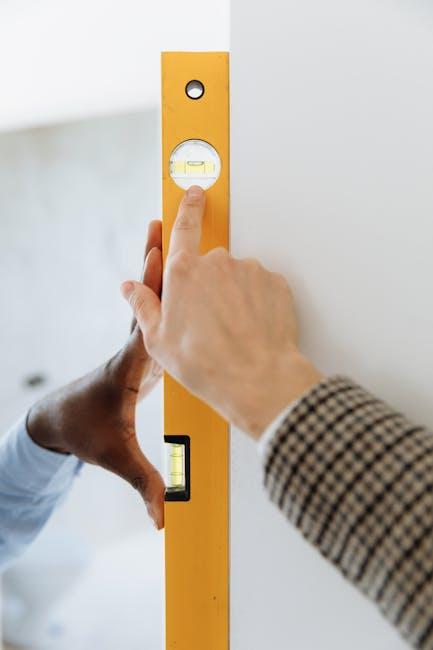
Step-by-Step Guide to Checking Your Wheel Alignment at Home
Start by ensuring your vehicle is parked on a flat surface and the steering wheel is centered. Using a tape measure, check the distance between the front and rear edges of both front tires. If the measurements differ significantly, it could indicate misalignment. Next, perform a simple toe test by rolling the car forward a few feet and observing if the wheels track straight or pull to one side. Also, inspect your tires for uneven wear patterns, which often signal alignment problems after an impact with a curb.
For a more tactile check, you can create a DIY alignment gauge using string or fishing line stretched along both sides of the vehicle, parallel to the frame. This allows you to visually compare how close your tires align to the reference line. Here’s a quick checklist to help guide your inspection:
- Measure front and rear wheel distances with a tape measure for symmetry
- Observe steering response while rolling the car forward
- Look for uneven tire tread wear like feathering or cupping
- Use string lines to check wheel tracking in relation to the vehicle frame
| Symptom | What it Indicates |
|---|---|
| Car pulls to one side | Possible toe or camber misalignment |
| Uneven tire wear | Alignment or suspension issues |
| Steering wheel off-center | Improper wheel alignment |
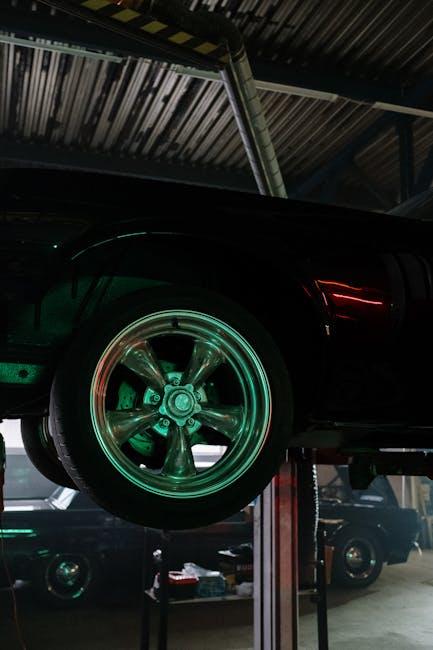
When to Seek Professional Alignment Services for Optimal Results
After impacting a curb, it’s crucial to evaluate the immediate performance and feel of your vehicle. If you notice any of the following signs, it’s a strong indication that your wheels might need professional realignment:
- Uneven or rapid tire wear – This often signals that your wheels are no longer tracking properly.
- Vehicle pulling to one side when driving on a straight, flat road.
- Steering wheel vibrations or a feeling of looseness, hinting at possible suspension issues.
- Off-center steering wheel position during straight-line driving.
Ignoring these signs can lead to compromised handling, reduced tire lifespan, and even potential safety hazards. Professional alignment services not only reset the angles of your wheels to the manufacturer’s specifications but also thoroughly inspect your suspension components to ensure no hidden damage is present. Letting certified technicians handle this intricate task guarantees a smooth and safe ride after the impact of that unexpected curb encounter.
Q&A
Q: I just hit a curb while driving. Should I get my wheels aligned?
A: It’s a wise idea to consider a wheel alignment after hitting a curb. Even a seemingly minor impact can knock your wheels out of their precise factory positioning, leading to uneven tire wear, pulling to one side, or decreased handling performance.
Q: What exactly happens to my wheels when I hit a curb?
A: When your wheel meets a curb abruptly, the force can bend or shift suspension components and alter the wheel alignment angles—camber, caster, and toe. This misalignment affects how your tires contact the road, potentially compromising safety and comfort.
Q: Can I tell if my wheels need alignment without a mechanic?
A: Sometimes, yes. Common signs include your vehicle drifting or pulling to one side, uneven or rapid tire wear, a crooked steering wheel while driving straight, or vibrations in the steering wheel. However, subtle alignment issues might not be noticeable, so a professional inspection is often best.
Q: What are the risks of ignoring a misaligned wheel after hitting a curb?
A: Driving with misaligned wheels can cause premature tire wear, reduce fuel efficiency, and negatively affect steering control. Over time, this can lead to more expensive repairs for suspension or tire damage and compromise your vehicle’s safety.
Q: How soon should I get my wheels aligned after hitting a curb?
A: It’s best to have your alignment checked as soon as possible after the impact. Early detection and correction can prevent further damage and ensure your vehicle drives smoothly and safely.
Q: Is a wheel alignment expensive or time-consuming?
A: Most wheel alignments are relatively quick, often completed within an hour, and reasonably priced. The cost varies depending on your vehicle and location but is generally minor compared to potential repair costs from neglected damage.
Q: Can wheel alignment fix all damage from hitting a curb?
A: While alignment can correct angle adjustments, hitting a curb might also cause structural or suspension damage that alignment alone won’t fix. A comprehensive inspection is important to identify bent rims, damaged tires, or suspension parts needing repair or replacement.
Q: What’s the takeaway on wheel alignment after hitting a curb?
A: Treat a curb impact as a prompt to check your wheel alignment and overall vehicle condition. Aligning your wheels restores driving precision, protects your tires, and prioritizes safety—all well worth the quick visit to your mechanic.
The Way Forward
In the end, deciding whether to align your wheels after hitting a curb comes down to a careful look—and sometimes a measured course of action. Your vehicle’s alignment plays a quiet but vital role in your driving experience, affecting everything from safety to tire life. While a minor bump might only leave you unharmed and worry-free, even the smallest misalignment can lead to uneven wear and a less comfortable ride over time. So, when in doubt, trust your senses: if your steering feels off, your tires wear unevenly, or your car pulls to one side, it’s time to visit a professional. Aligning your wheels isn’t just about fixing damage; it’s about preserving the smooth, safe journey ahead. After all, keeping your wheels true means keeping your drive steady.
